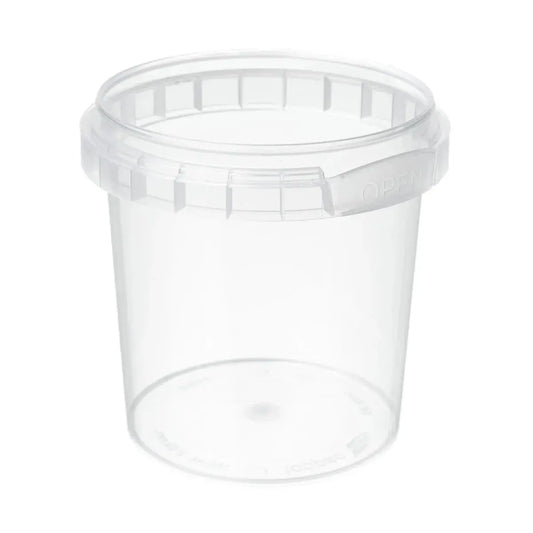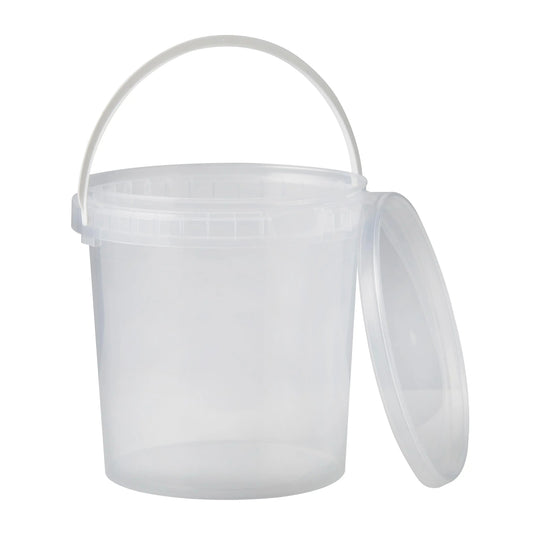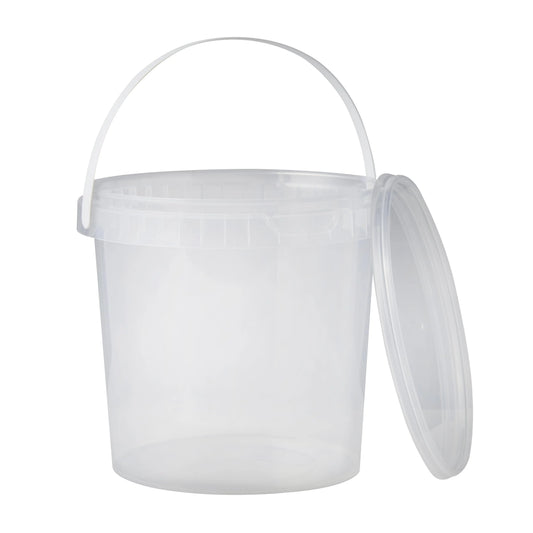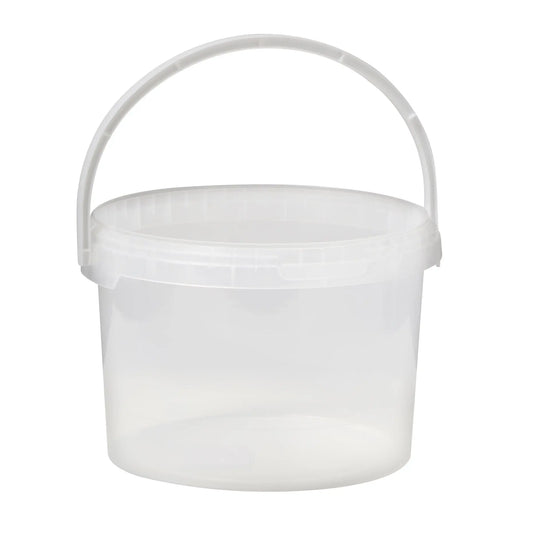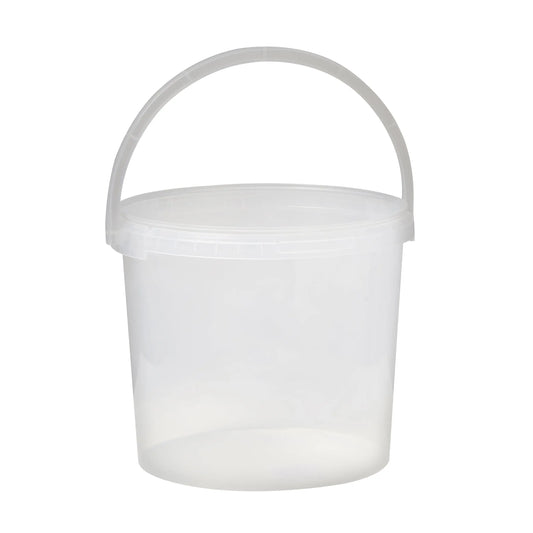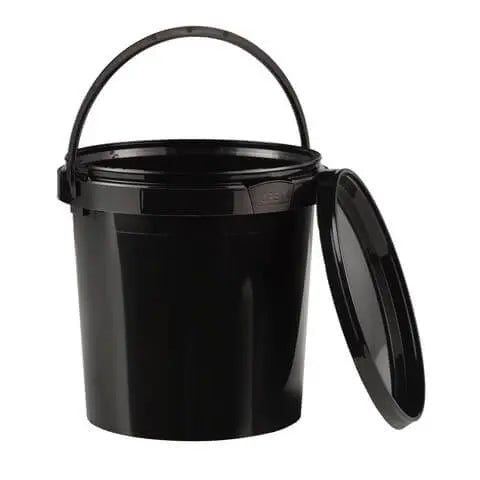Connection matters, particularly when it comes to building brand loyalty. Perhaps that's why many sweet and confectionery businesses are utilising QR codes to enable a more direct connection with their customers. It's a change that our Group Designer, Dave Protheroe, has noticed,
“Packaging used to be about shelf appeal and regulatory compliance. That’s still important, but now there’s a third need, connection. Brands want to use packaging to build a relationship with their customers, and QR codes are a simple, effective way to do that.”
”In the last couple of years, we’ve seen a big increase in businesses using connected packaging. Often, it’s as simple as including a QR code on the packaging that customers can scan with their smartphone to connect to the business online. QR codes act as a digital portal, so there’s a huge opportunity for businesses to be creative."
Over the last few years, QR codes have evolved from an unfamiliar technology into a widely understood and accepted one. People are used to scanning codes for more information, and brands can use this technology to link packaging to digital campaigns, loyalty programs, real-time content, and even virtual realities.
Sweet QR codes need to make the connection count
However, Protheroe cautions that execution is everything: “A QR code is only as good as the digital asset it connects to. There has to be a compelling reason to scan, and what the customer sees must reflect the quality and personality of the brand. If there’s a disconnect or the content doesn’t deliver value, the opportunity is lost.”
One of the best uses of the technology has been to improve accessibility. Nestle has rolled out QR codes on two of their most popular products, KitKats and Quality Street, that link to accessibility apps, allowing customers to scan and read essential product information more easily. Sarah Drakes, Sustainability Manager for Nestlé Confectionery UK & Ireland, said: “By introducing Accessible QR codes on KitKat and Quality Street packs, we hope to make a significant and positive difference to the shopping experience of our blind and partially sighted customers."
Quality printed sweet packaging ensures trouble-free scanning
The packaging itself must also be fit-for-purpose. A damaged, un-scannable QR code could lead to customer frustration, which is one of the reasons why Protheroe recommends IML printing. “With in-mould labelling, the label is ‘baked-in’ to the packaging as part of the manufacturing process. It’s a high-resolution print that’s also extremely durable, so the QR code won’t peel, scratch or fall off like a paper label could.”
“The food industry is leading the way in smart packaging,” added Protheroe. “We’re seeing more customised, tech-integrated solutions than ever before, and we’re proud to help our clients design packaging that not only looks great and meets regulations, but also connects in a meaningful way.”
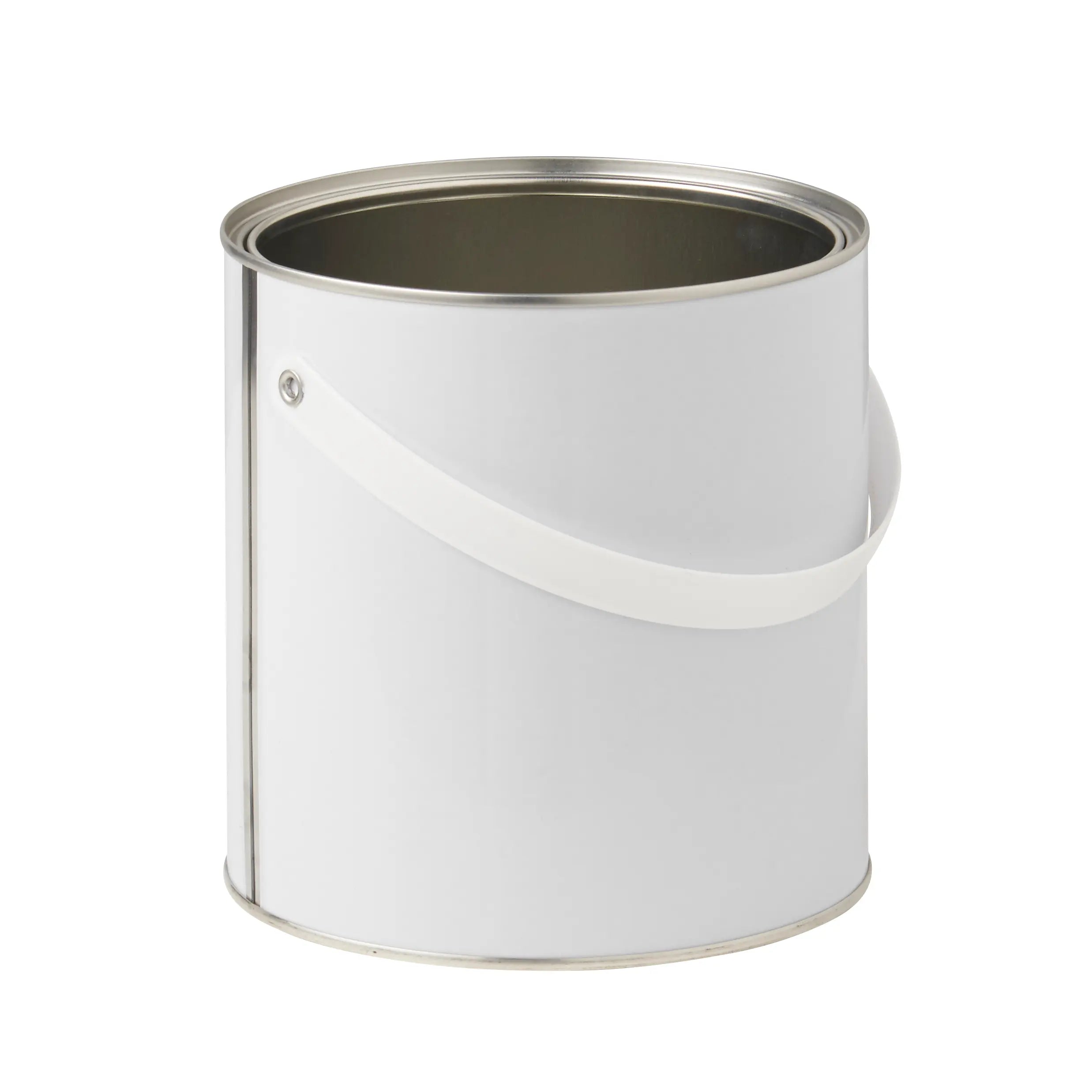
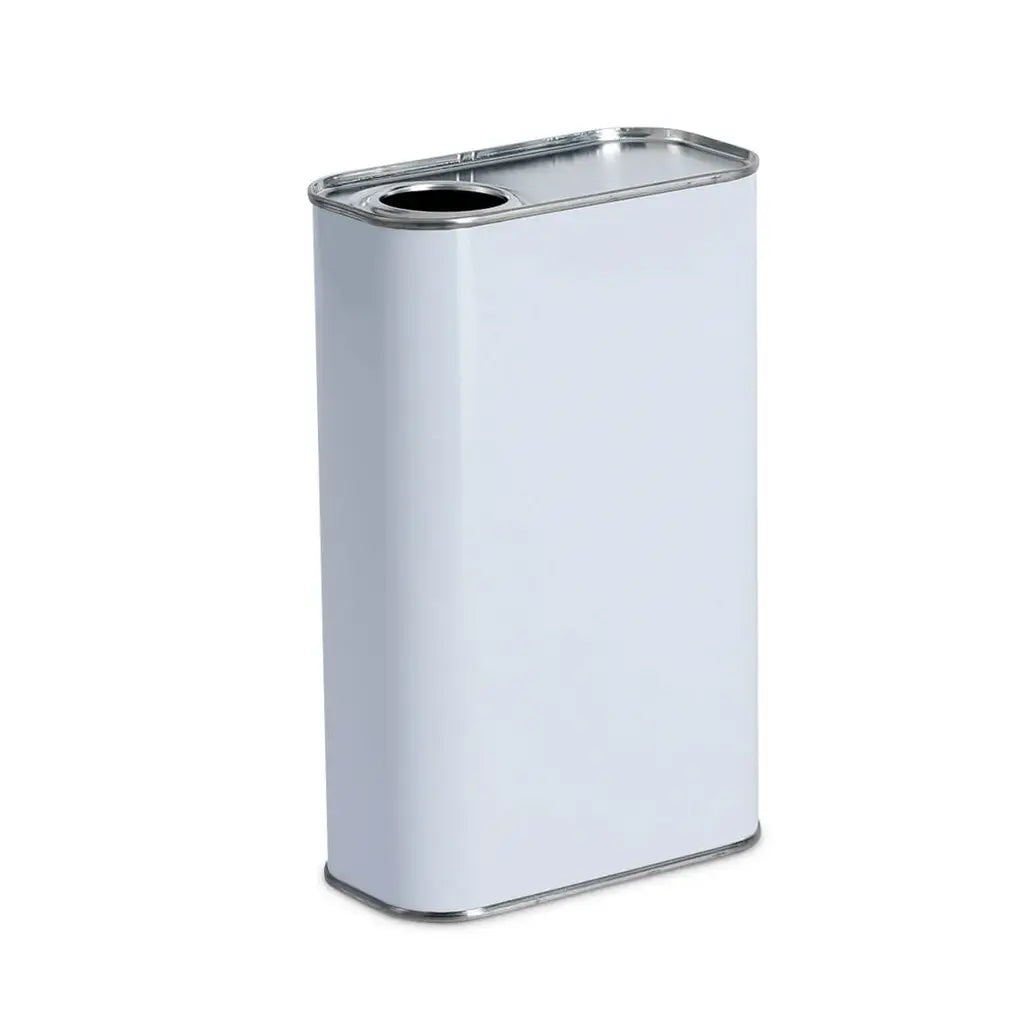


 Nestle is using QR technology to improve accessibility
Nestle is using QR technology to improve accessibility